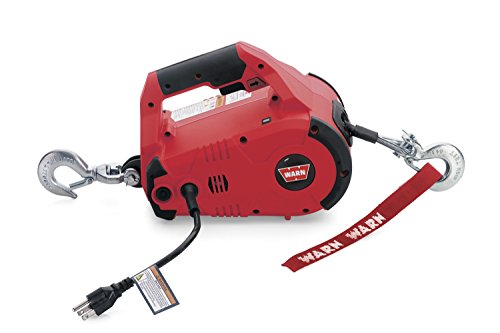[url=https://forum.classicgoldwings.com/viewtopic.php?p=184016#p184016:1rrgxi3e said:
Ohara » Mon Nov 21, 2016 11:15 am[/url]":1rrgxi3e]
Just an update, while gathering the items I need for the alt conversion, I have had the bike running several times. It will run until the temperature reaches 3 to 4 bars then it quits running and will not start until it cools for about an hour. Then it will star right up and run fine. Thanks to some information I got off this site I checked the pulse generators ohms when cool about 350 each once the bike quits running they show open. So I will be tracking down some pulse generators for my 86 Aspencade. Does anyone have a source for these as they are obsolete?



















































